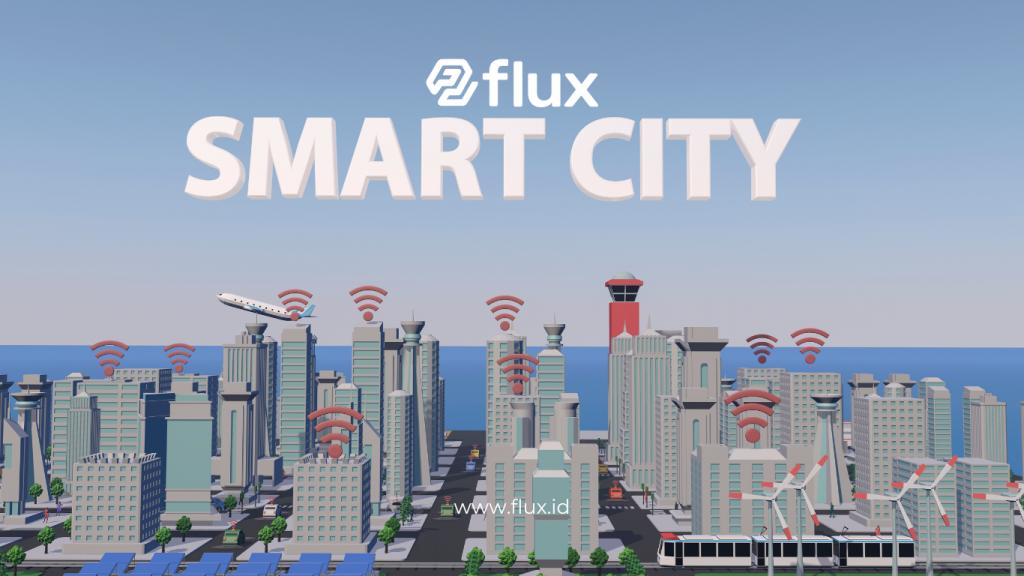Don't miss our holiday offer - 20% OFF!
The rapid advancement of technology has significantly transformed various aspects of human life, including urban management. The Smart City concept has become a focal point for many local governments in addressing urbanization challenges such as traffic congestion, pollution, and resource efficiency. This article discusses the transformation steps from a conventional city to a Smart City as a future solution.
Contents
What is a Smart City?

Read More: IoT in Smart City Infrastructure: Aligning Speed and Sustainability
A Smart City is a concept of city management that integrates information and communication technology (ICT) to enhance efficiency, sustainability, and the quality of life for its citizens. It encompasses various aspects, including smart transportation, energy management, healthcare services, and public safety.
Why is Transformation to a Smart City Necessary?
- Population Growth: Rapid urbanization increases the need for more efficient infrastructure.\n2. Energy Efficiency: Modern cities require smarter and more environmentally friendly energy management.\n3. Quality of Life: Technology can improve public services, making life more comfortable and secure.\n4. Environmental Challenges: Technology utilization helps reduce pollution and improve waste management.
Steps Towards a Smart City Transformation

Read More: Smart City in Indonesia: Opportunities, Implementation, and Challenges in Modern Urban Development
1. Building Digital Infrastructure
Digital infrastructure is the primary foundation of a Smart City, including:
- Internet of Things (IoT): Smart devices connected to monitor and manage the city in real time.\n- 5G Networks: Ensuring fast and reliable connectivity.\n- Big Data: Collecting and analyzing data for better decision-making.
2. Developing Smart Transportation
Transportation is a key aspect of a Smart City. Smart transportation solutions include:
- App-based public transportation systems.\n- Automated traffic management to reduce congestion.\n- Adoption of electric vehicles and charging stations.
3. Efficient Energy Management
Energy is a critical issue in modern urban management. Steps include:\n- Renewable energy implementation, such as solar and wind power.\n- Smart grids to distribute energy efficiently.\n- Use of energy-saving devices in buildings and households.
4. Digital Public Services
Governments need to provide integrated digital public services, such as:\n- Apps for handling administrative documents.\n- Online platforms for reporting city issues.\n- E-health systems for healthcare services.
5. Data Security and Privacy
With increased technology usage, data security becomes a priority. Measures include:\n- Encryption technologies.\n- Strict privacy policies.\n- Educating citizens about the importance of personal data security.
6. Collaboration Between Government, Private Sector, and Citizens
Smart City transformation requires collaboration from all stakeholders. Collaborative efforts can include:\n- Partnerships with tech companies.\n- Citizen engagement in decision-making.\n- Training programs to help residents understand new technologies.
Examples of Smart City Implementation

Read More: Smart City Infrastructure: Advanced Technology for an Easier and Safer Life
1. Jakarta Smart City
Jakarta has developed technology-based traffic monitoring systems and city issue reporting apps.
2. Bandung Command Center
Bandung features a command center that monitors city activities in real time, including emergency services and transportation management.
3. Singapore Smart Nation
Singapore is one of the world’s best Smart City examples, with automated transportation systems, digital healthcare services, and advanced IoT infrastructure.
Challenges in Transforming to a Smart City
- High Investment Costs This transformation requires substantial funding for infrastructure development and technology acquisition.
- Regulatory Challenges Some policies need adjustments to support technology implementation.
- Resistance from Society Lack of understanding and trust in new technologies often hinders progress.
- Cybersecurity Cyber threats pose risks to the data and systems used in Smart Cities.
Conclusion
The transformation from a conventional city to a Smart City is a strategic step to tackle urbanization challenges and optimize technology. Despite facing various challenges, the benefits outweigh the drawbacks, especially in improving quality of life and environmental sustainability. With careful planning, collaboration among stakeholders, and the right technology, the vision of a Smart City can be realized soon.





